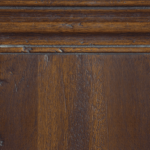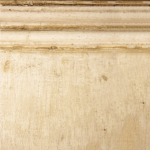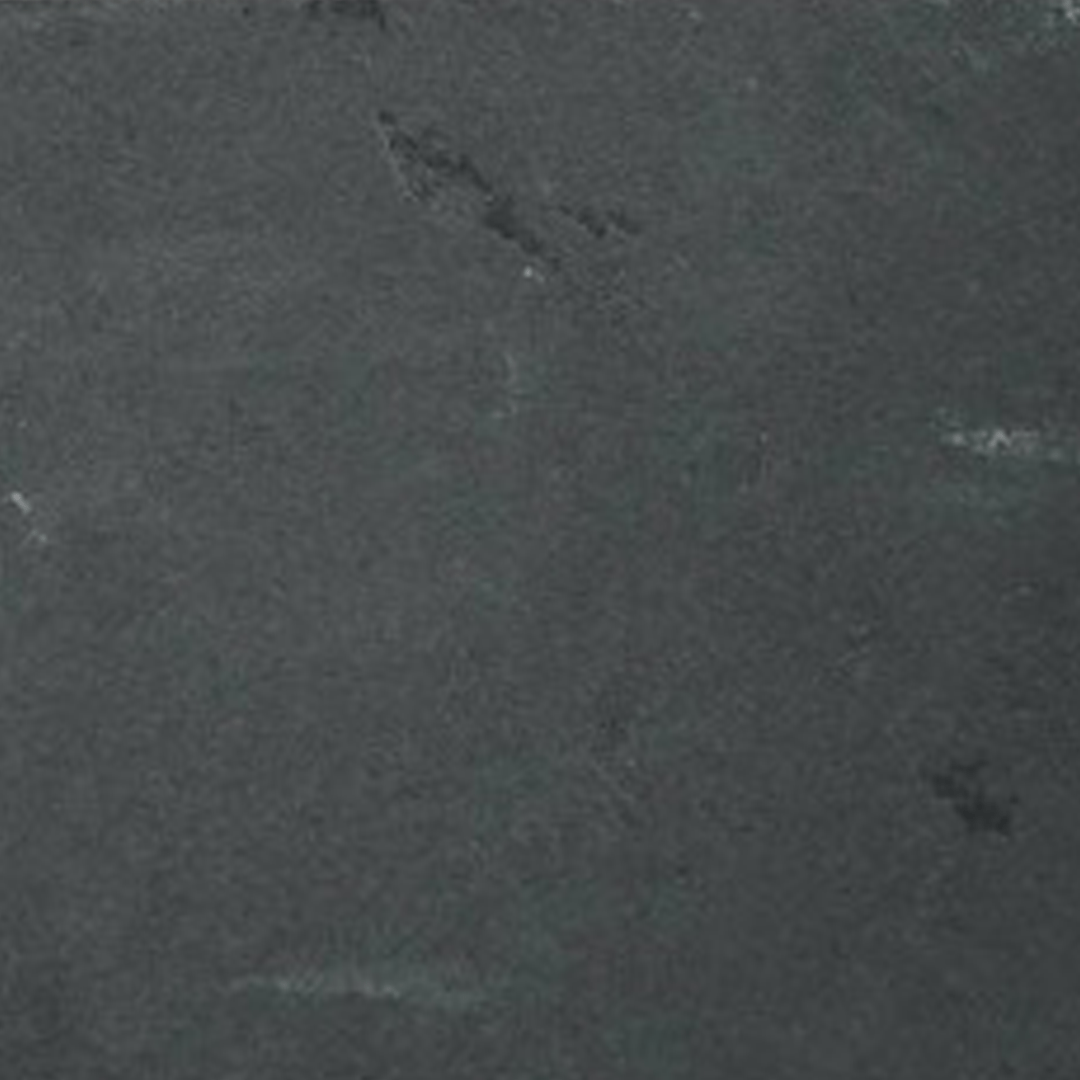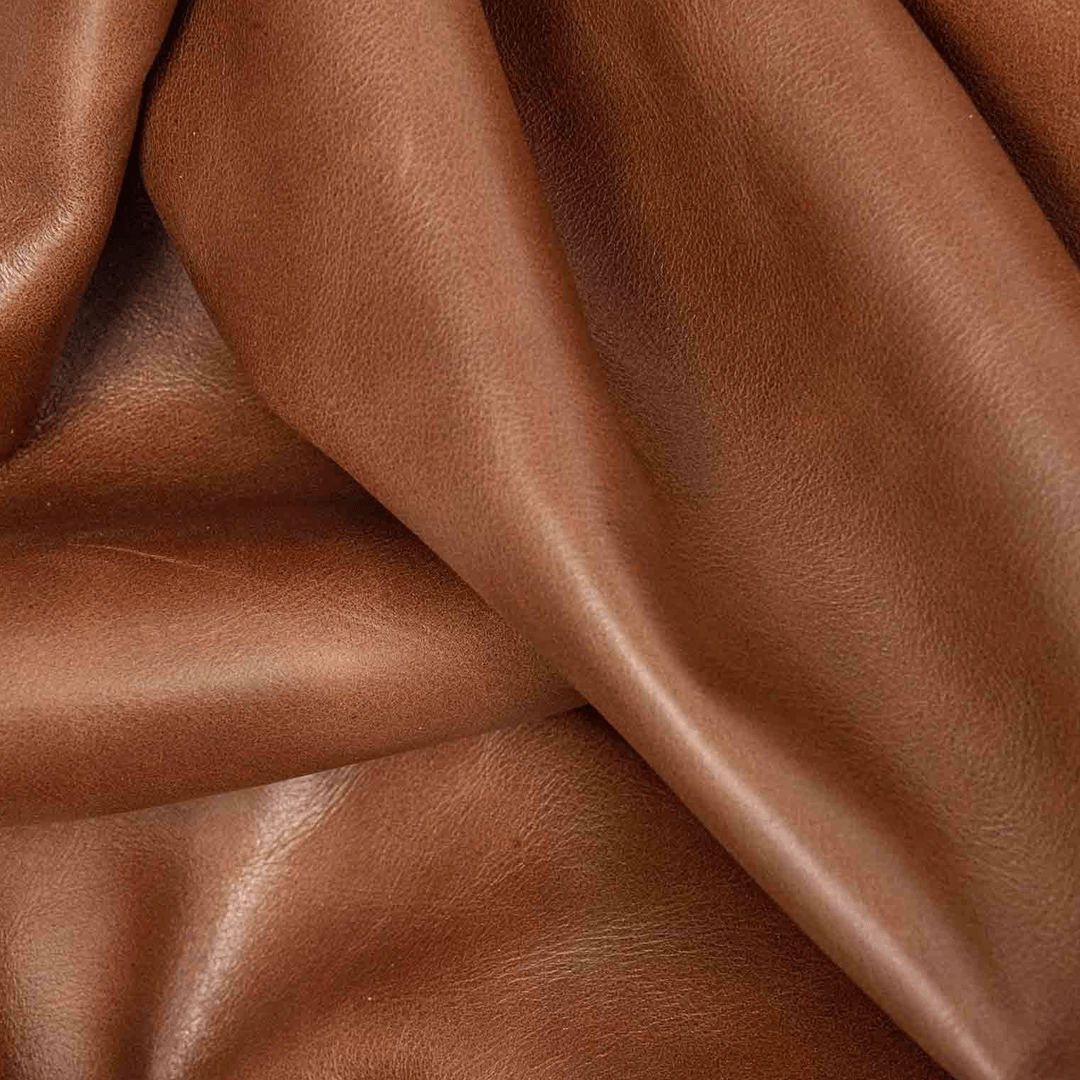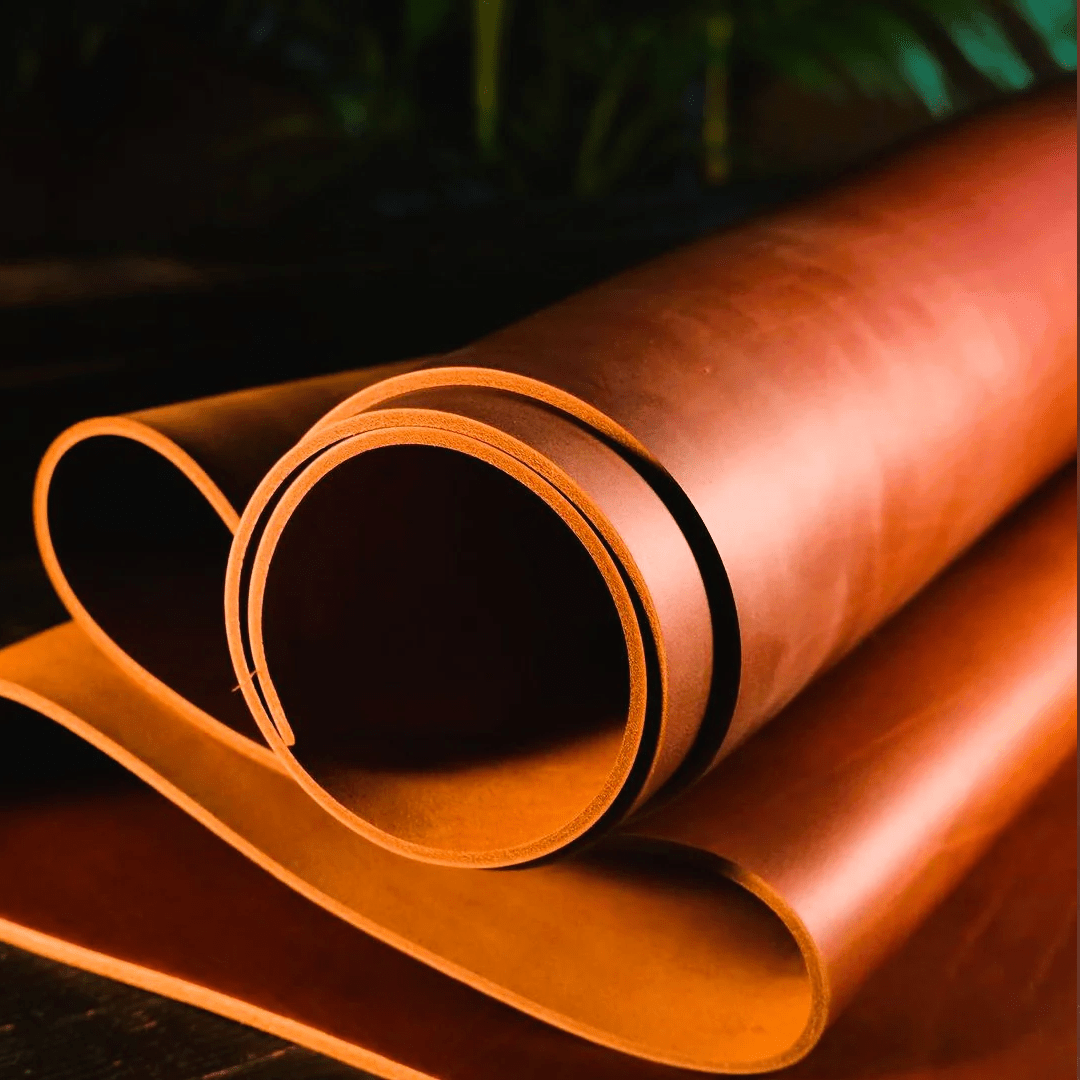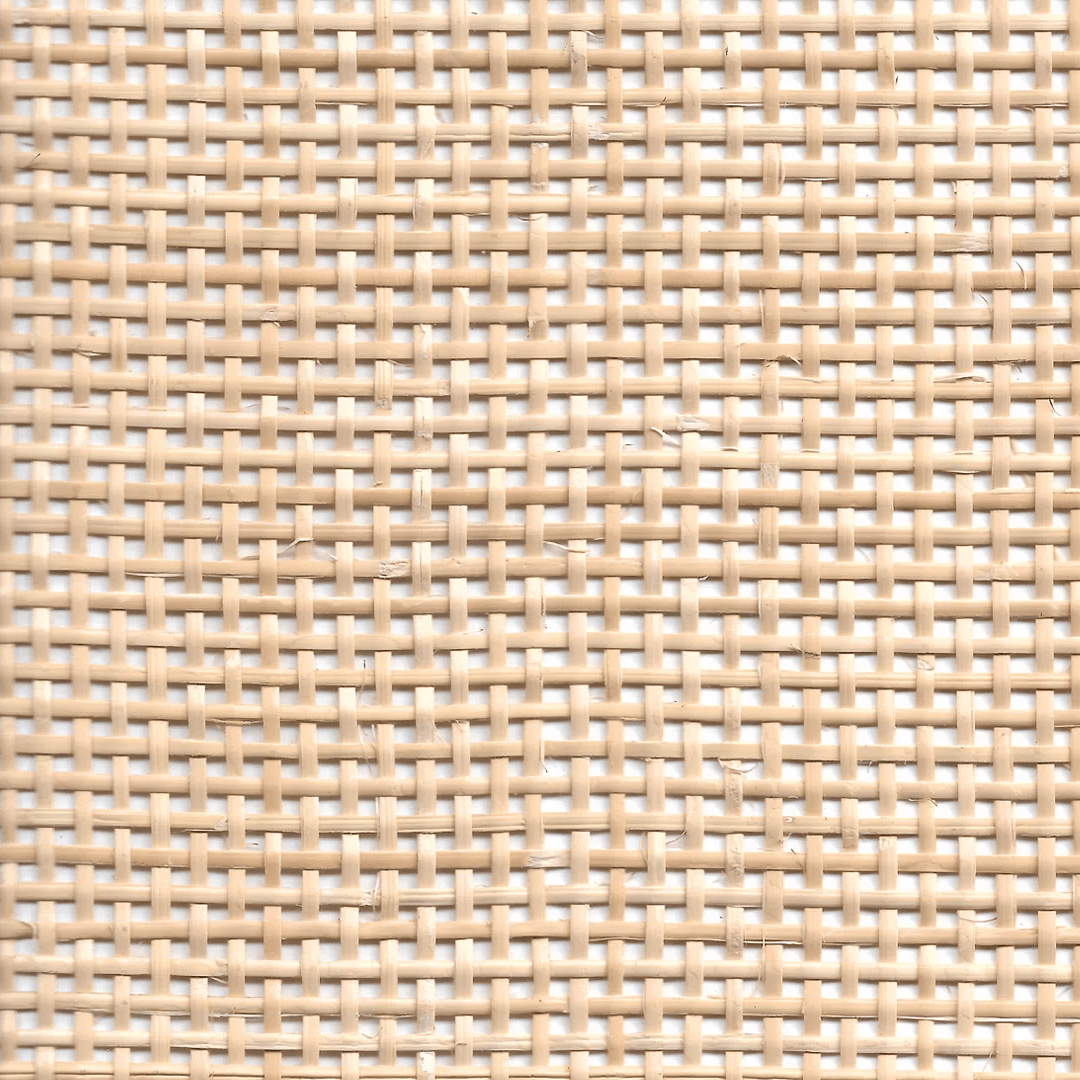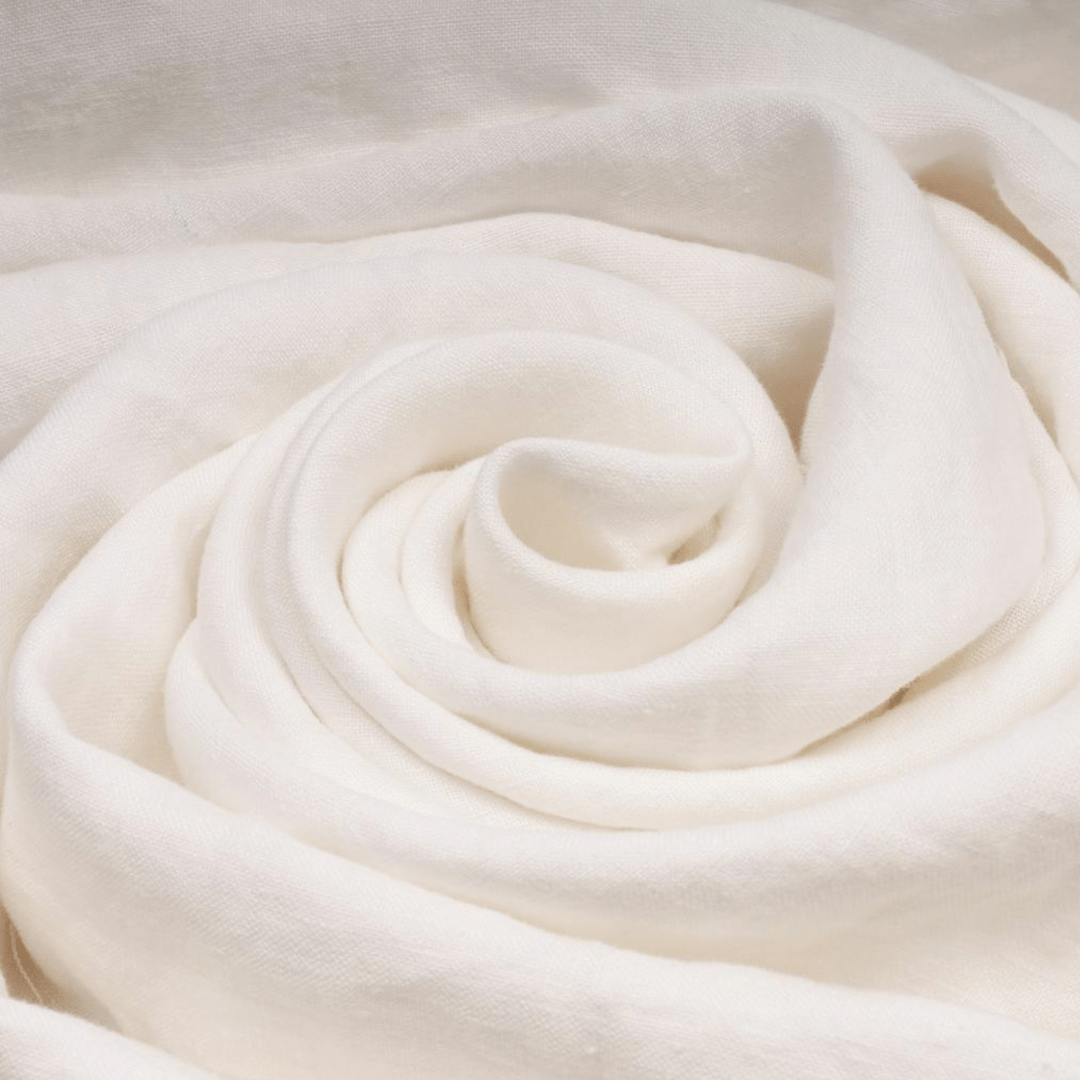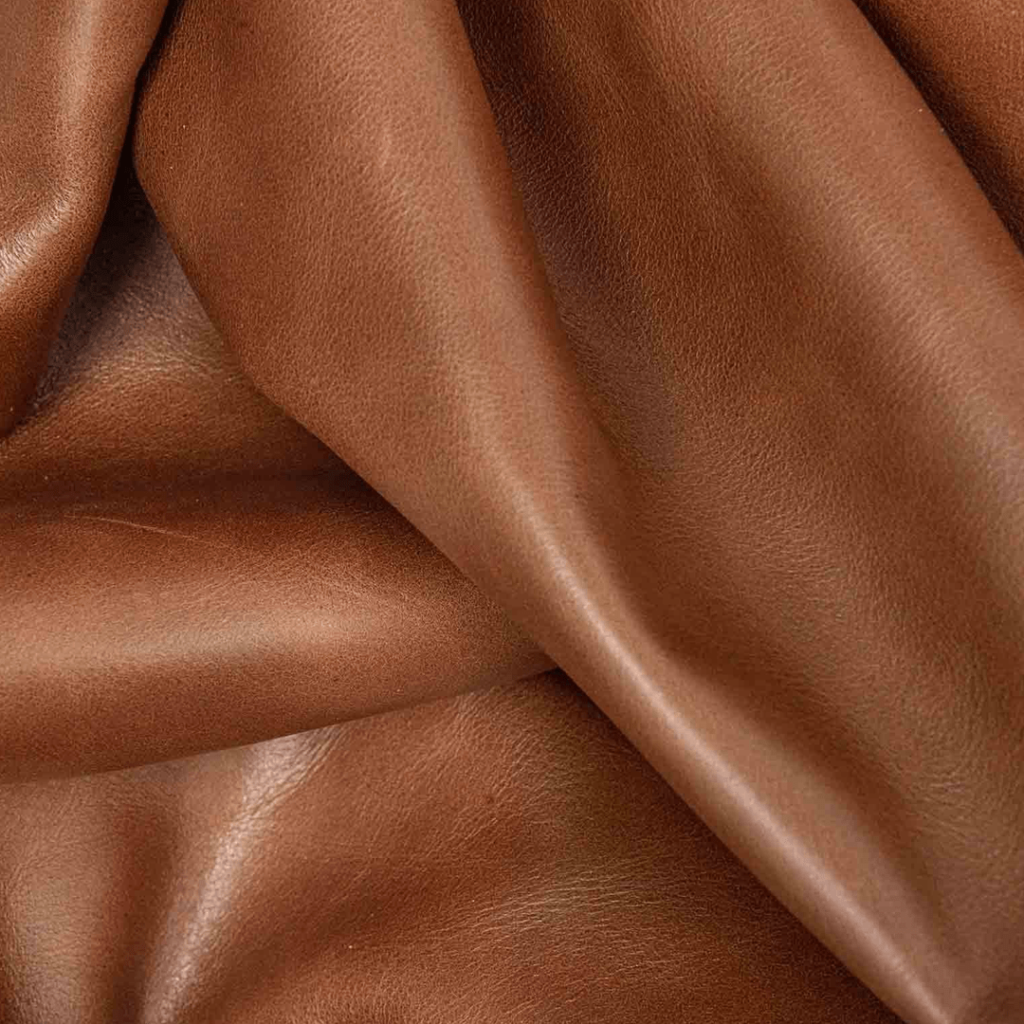

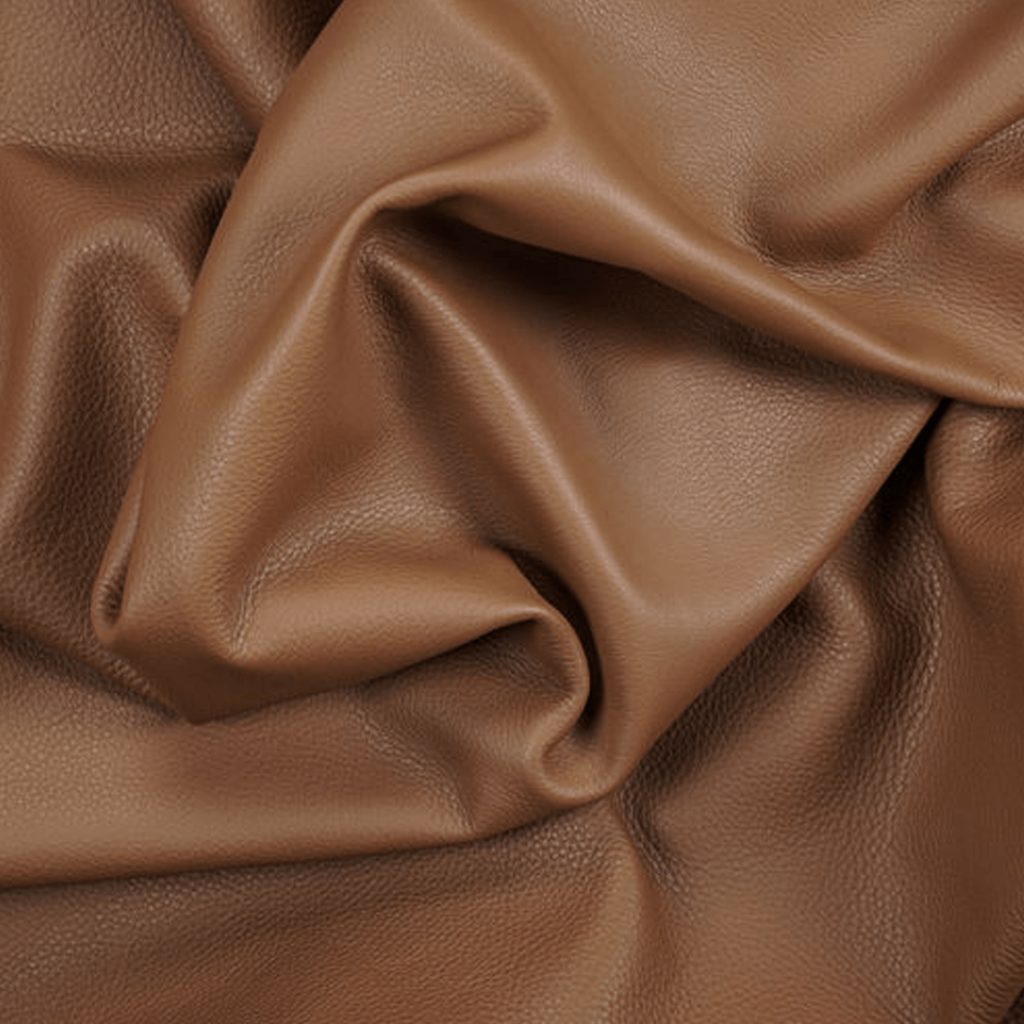
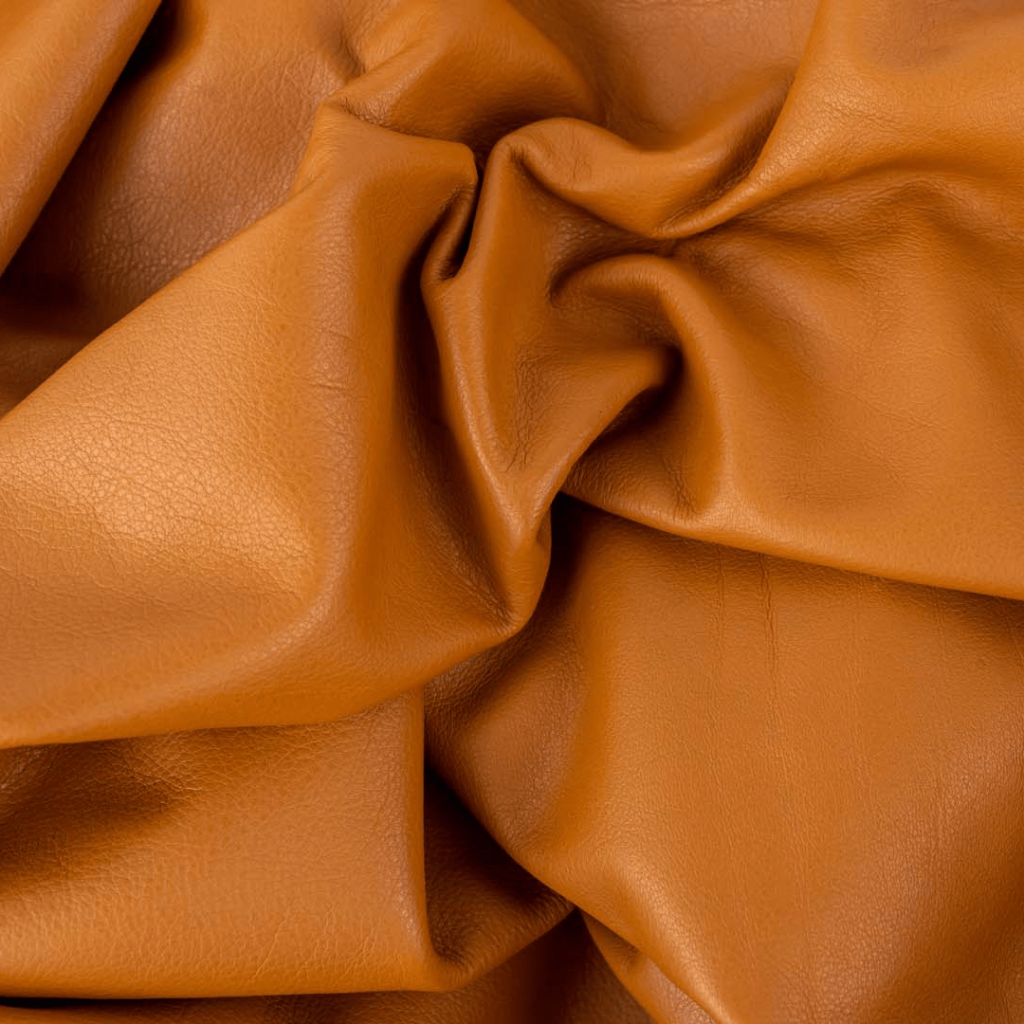
You are acquiring a high-quality ALFONSO MARINA product. This care guide will help maintain and preserve the qualities of your furniture for a prolonged period.
LEATHER CARE AND MAINTENANCE
Leather furniture always adds an elegant touch to any space. While leather has many excellent qualities, it also requires special care to keep it in optimal condition.
Due to its natural origin, each leather piece is unique, with its own characteristics, such as scars, fat wrinkles, stretch marks, insect bites, and other marks. These features give each leather its distinctive character and guarantee its natural authenticity. These marks, sometimes visible, do not affect the quality but are an integral part of the leather.
At Alfonso Marina, we mainly select bovine leather. Here are some recommendations to fully enjoy your leather furniture for a long time.
Cleaning:
- Regularly wipe down the furniture with a clean, dry cloth.
- Use a soft or microfiber cloth. A weekly cleaning routine will help prevent dust accumulation on the leather.
- Do not use a soaked cloth. Never let water penetrate the leather.
Vacuuming: If dirt and other debris accumulate on the furniture, vacuuming is an option.
- Use a soft-bristle brush attachment, gently slide it over the surface, and vacuum between and beneath all cushions.
Spills: When something spills on leather upholstery, clean it up quickly to prevent the spill from soaking into the leather.
- Use a dry cloth or sponge to absorb as much of the spilled liquid as possible.
- Do not rub the spill; this will prevent it from spreading further. Simply dry it with a dry cloth, place it over the stain, and leave it there for 5 seconds or until it has absorbed the spill.
- For non-water spills, you can use a little neutral soap diluted in warm water, create some foam, and gently rub it. If the stain is severe, it’s best to consult a leather professional to avoid making it worse.
Maintenance and Prevention
- Protect the furniture from direct sunlight.
- Avoid applying direct heat. Do not place leather furniture too close to a radiator, heat source or air conditioners, as this can dry out the leather, leading to cracks and breaks.
- Use leather cleaners or protectors (consult a leather professional). It’s advisable to keep a specific leather cleaner on hand for occasional cleaning or emergencies.
- Do not use detergents, solvents, general-purpose cleaning sprays, ammonia, bleach or wood furniture polish, as these can harm the leather.
- Avoid using conventional creams like body creams. Purchase moisturizers specifically designed for leather.
- Avoid applying tapes or adhesives. There is a risk that when removing the tape or adhesive, the leather’s paint layer may come off with it.
- Avoid using hard-bristled brushes, as they can tear or scratch the leather, resulting in noticeable damage to the finish. There are sponges or microfiber cloths designed for leather cleaning.
